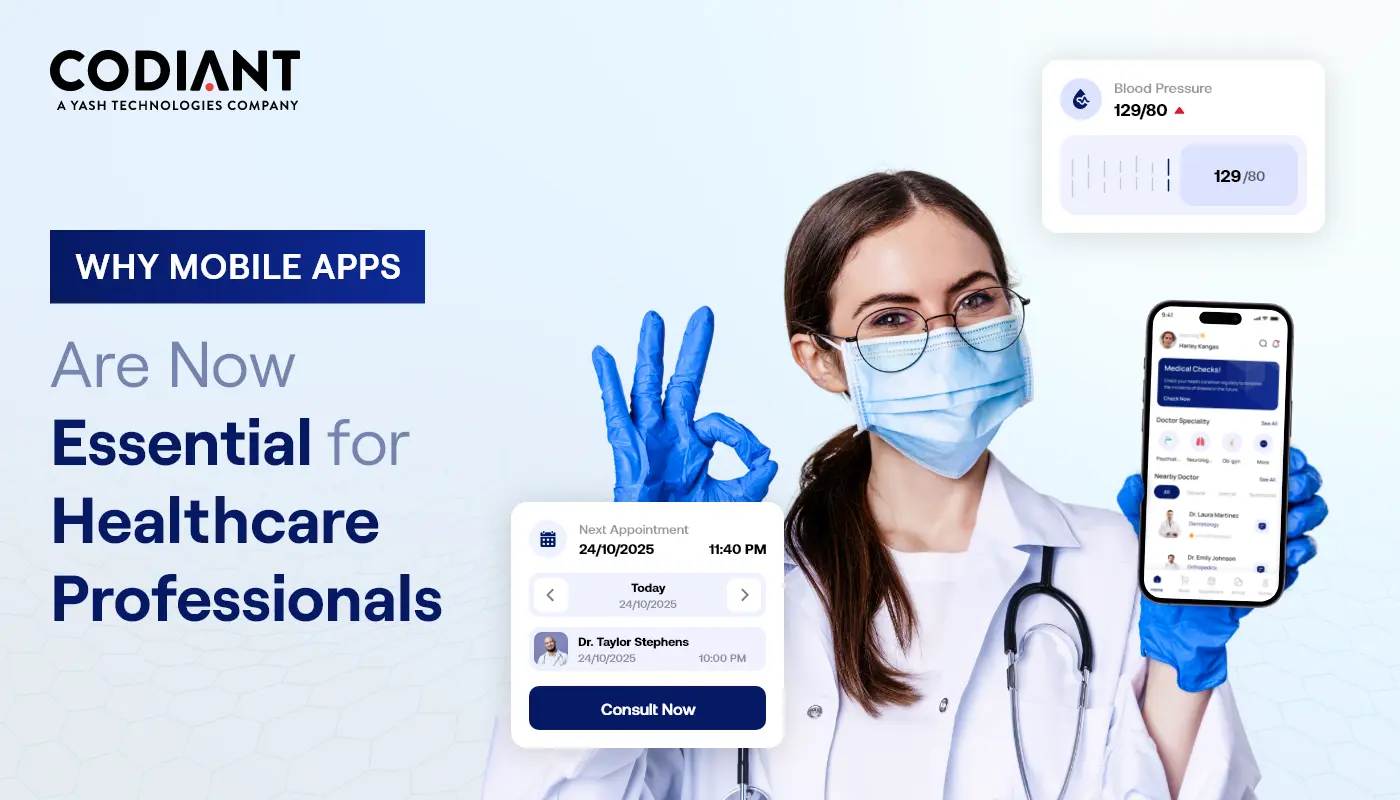
If there’s anything that bothers an eCommerce brand, it’s conversions and it’s necessary to optimize the mobile checkout process. Period. Looks so fulfilling to know users spend 90% of their mobile time in apps, with now more than half of all internet traffic shopping from an eCommerce app.
But the fact, that although the traffic comes in bulk but also returns/drops in bulk without making any purchase, makes the heart sink of any marketer with targets.
This drawback makes it extremely important to make sure the eCommerce app you’ve developed is optimized for shopping with a customer-first design experience.
While data tells us the mobile conversion rates are mostly influenced by user checkouts, therefore, we have come up with this post, where we will explain everything you need to know about the app design principles that optimize mobile checkout and make sure the incoming traffic does not make a U-turn anymore.
Head on here.
App Design Principles for Mobile Checkout Optimization
Mobile Conversion Funnel Analysis
The visitor-to-customer conversion funnel comes to life only when a marketer knows the ‘hot points’ where the changes should be made.
To analyze your conversion funnel, you precisely need to know where, what, and why issues are happening on your app. The more you know the friction points, the closer you will be to improve conversion.
Not sure, how to analyze those issues? Here’s how to get started.
(Let’s take an example of an eCommerce app to study the case)
Run a top-level analysis on the primary stages:
For most eCommerce app the primary stages would be in the order:
- App product page
- Product details
- Add to cart page
- Shipping and billing info
- Order confirm screen
The funnel might look like this:

If 1,000 visitors entered the mobile app:
- 432 visit product pages
- 160 add the product to cart
- 100 completes shipping and billing info
- 56 makes a purchase

For every 1,000 people landing on the app, roughly 56 of them are making a purchase, making it a 5.6% mobile app conversion rate.
Now get the exact answers to the following questions:
- How much time the visitor spent on the product page?
- Did they add that product to the cart?
- How long did they stay on the shipping and billing page?
- Did they complete checkout?
The analytics will help you funnel down these answers. And you’ll come to know the key pain point areas of customers that need the most improvement.
App Design Principles to Optimize Conversion Funnel
Easy App Navigation on Product Page

Making products visible to the end-users helps them to orient within the app easily with fewer taps. To implement this the UX designer should always try to make menus look interactive and ensure they have enough visual weight. And make sure the user easily drill down through several levels i.e. from mega menu to mini menu.
Providing local navigation menus within a single section helps users compare related products or items within the same page rather than compelling them to make a fresh search for the same keyword.
Engage Users By Showcasing The Product Details

Product app screens – as detailed as possible.
Show the value of your product up front. Engage users by placing clear product details and calls to action in the center with appropriate info display of prices with offers, discounts, and coupon codes available. Such clear placements create a shopping element of delight instead of confusion and annoyance.
Make Buying Easy By Reducing Conversion Steps
Tactical placements of ‘Add to cart’ on the product page can reduce the conversion steps and make the buying journey quick and hassle-free. To optimize your ATC (add to cart) rate allow shoppers to add items to their cart while they’re browsing the product pages. Second, try to display your value proposition immediately- if it is a discount, free shipping, or price guarantee- place them near the call to action.
You can also create a sense of urgency with triggers like:
- Adding countdown to sale time (sale ends in 3:00 hrs)
- Showing left stock numbers (e.g. last 3 products left)
- How many customers are looking at this product,
Offers like these make users hasty and they are more likely to add to cart and purchase.
Several other actions like including customer reviews on product pages, adding a chatbot for help or live assistance, addressing customer doubts by reassurance keywords like free product returns/money-back guarantee, increase the chances of cart conversion.
Create A Mobile App Checkout Screen That Customers Love

The shopping cart checkout process is the most significant step which makes or breaks the deal in a fraction of second. It is the moment where the customer decides if the cart fulfills their checklist and if they are ready to place the order or not.
Here are few useful UX design strategies to optimize your shopping cart checkout functionality:
- Be transparent and build trust with customers by including an order summary that covers all attributes like item name, size, color, price, shipping fee, discounts, gift cards and the total amount payable.
- Provide customers an instant way for real-time conversations through Live chats. This real-time assistance helps customers in gaining quick product info and related queries. Thus, leaving no chance for the order to get slipped into procrastination.
- Ask only highly relevant questions while form filling and minimize the steps needed to complete the checkout process. Too many questions bother customers eventually leading them to abandon the transaction. The best way to achieve this is by reducing the scroll and breaking up the information chunks into mega labels on different pages of the same checkout screen like Shipping Address, Payment Info, Account, and Review.
- Ask permissions for Geolocation to automatically calculate the fields like shipping charges, delivery dates check product availability and courier options.
Resolve Every Factor That Increases Cart Abandonment
Everything we’ve discussed above revolved around achieving only one thing- “Zero Cart Abandonment” (or its prevention). Knowing, it is the most terrifying problem for an eCommerce marketer, let’s take a glance on pointers that could drive potential customers away after they have added their products to the cart.
Here’re some stats borrowed from the pages of the Baymard Institute report that explains the customer’s state of mind well just before checking out.
- 61%: Extra costs (shipping, taxes, fees) were too high
- 35%: Didn’t want to create an account
- 27%: The checkout process was too long or complicated
- 24%: Couldn’t see or calculate total order cost up-front
- 22%: Reported the mobile had errors or crashed.
- 16%: Delivery timeline was much too slow
- 10%: Didn’t believe the returns policy to be fair or satisfactory
- 8%: Didn’t see their preferred method of payment
- 5%: Their credit card was declined

How to Remove These Mobile Checkout Frictions?
Here is a step-by-step process to remove these cost and payment-related frictions:

Offer Guest Checkout to the customers’ least interested in in-app registration. Because there are many users who are not really interested in the hassles of signups and logins.
Offer multiple payment options- from all major credit cards to debit cards, UPI and PayPal to Digital Wallet- give all alternative options.
Providing prefilled payment details for registered users who have already made a transaction before and saved their payment detail speeds up the checkout process and save you from shopper’s last-minute mood swing.
Keep the coupon codes drawer ready during the checkout. Many apps fail to provide coupon codes on the checkout screen. Thus, forcing 25% of shoppers to exit the checkout page to look for a coupon.
Allow last-moment order modification like changing product quantity, switching between addresses, and other small attributes. This quick cart update on the checkout page resists 30% of shoppers from exiting the page to revisit the product page again.
Clearly show total cost upfront with no hidden charges right from the beginning. Few brands tend to hide costs and display at the last moment.
Highlight savings by displaying how much a shopper has saved in the discount. Making the shoppers learn about the savings or profits they have made will increase their loyalty and chances of purchase.












